Industrial sewing machines are used not only in huge workshops, but also in small studios and even at home. Such equipment is purchased by those who need to sew quickly and in large quantities. But industrial sewing equipment is unlikely to suit beginners, since it requires the appropriate professional skills to use it.
- Purpose of industrial sewing machines
- Main types of machines for production
- Industrial Sewing Machine Manufacturers: Model Review
- Brief overview of models
- Industrial sewing machine class 22
- Sewing machine class 1022
- Sewing machine class 97
- Brother B845 Model Review
- Brother B780 Model Review
- Machines from the Juki company
- JACK JK-210D
- Features of the JACK JK-781D model
- Jack JK-D900 Review
- TYPICAL GC6150-H
Purpose of industrial sewing machines
They differ from household and semi-professional equipment by their high operating speed and ability to produce a large number of products in a short time. They stand out for their high power, so they are used in large enterprises. But they can often be seen in small production facilities and even at home.
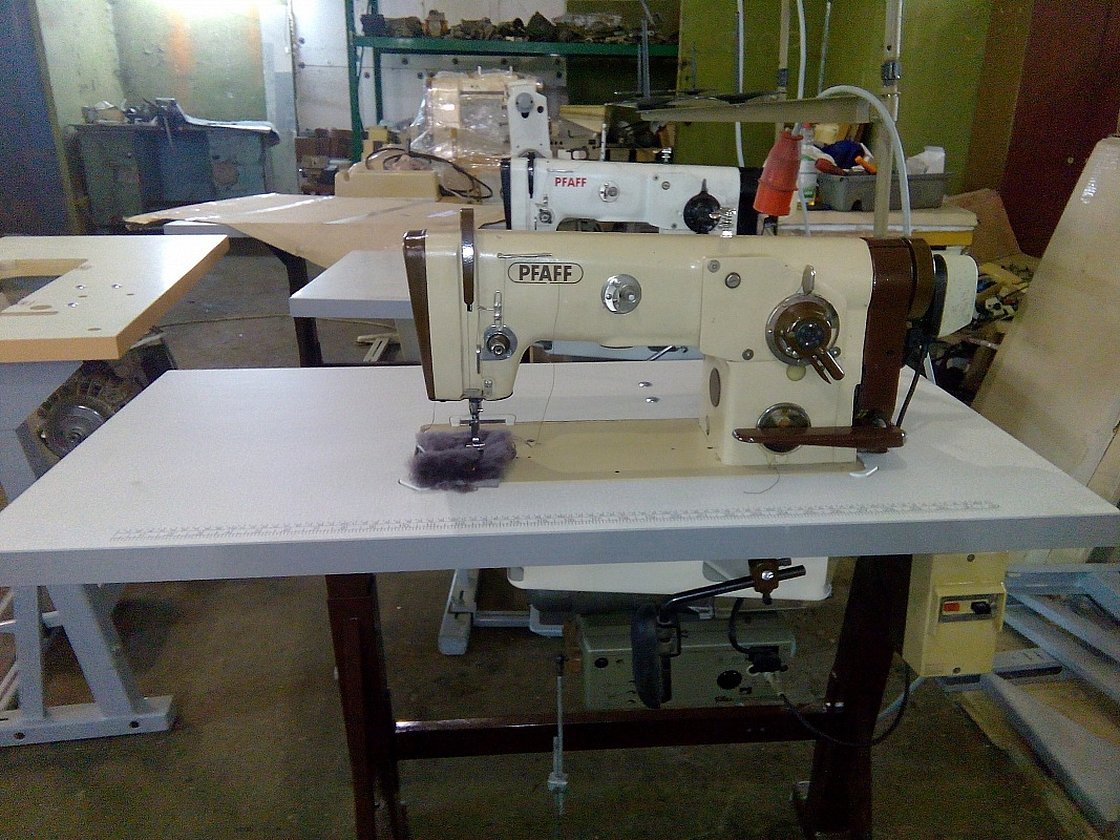
Industrial sewing machines are not universal, but perform specific functions:
- production of bed linen;
- sewing of knitwear;
- manufacturing of leather goods;
- processing and manufacturing of fur products;
- working with dense and coarse fabrics.
There are machines that have a narrower focus:
- working with zippers and buttons;
- loop processing;
- working with applications.

All of the above functions can be performed quickly thanks to the most precise regulation of sewing operations, which is impossible to do on household and semi-professional models.
Important! At home and for study, the Aurora model is often used. This machine is inexpensive and allows you to acquire the necessary sewing skills to work with professional equipment.
High speed of operation is ensured by powerful electric drives, allowing the machine to work around the clock. Also, the service life of this equipment is longer than that of household and semi-professional models. Industrial sewing machines mainly work with a certain type of fabric. But there are varieties that work well with both thin and dense fabrics.
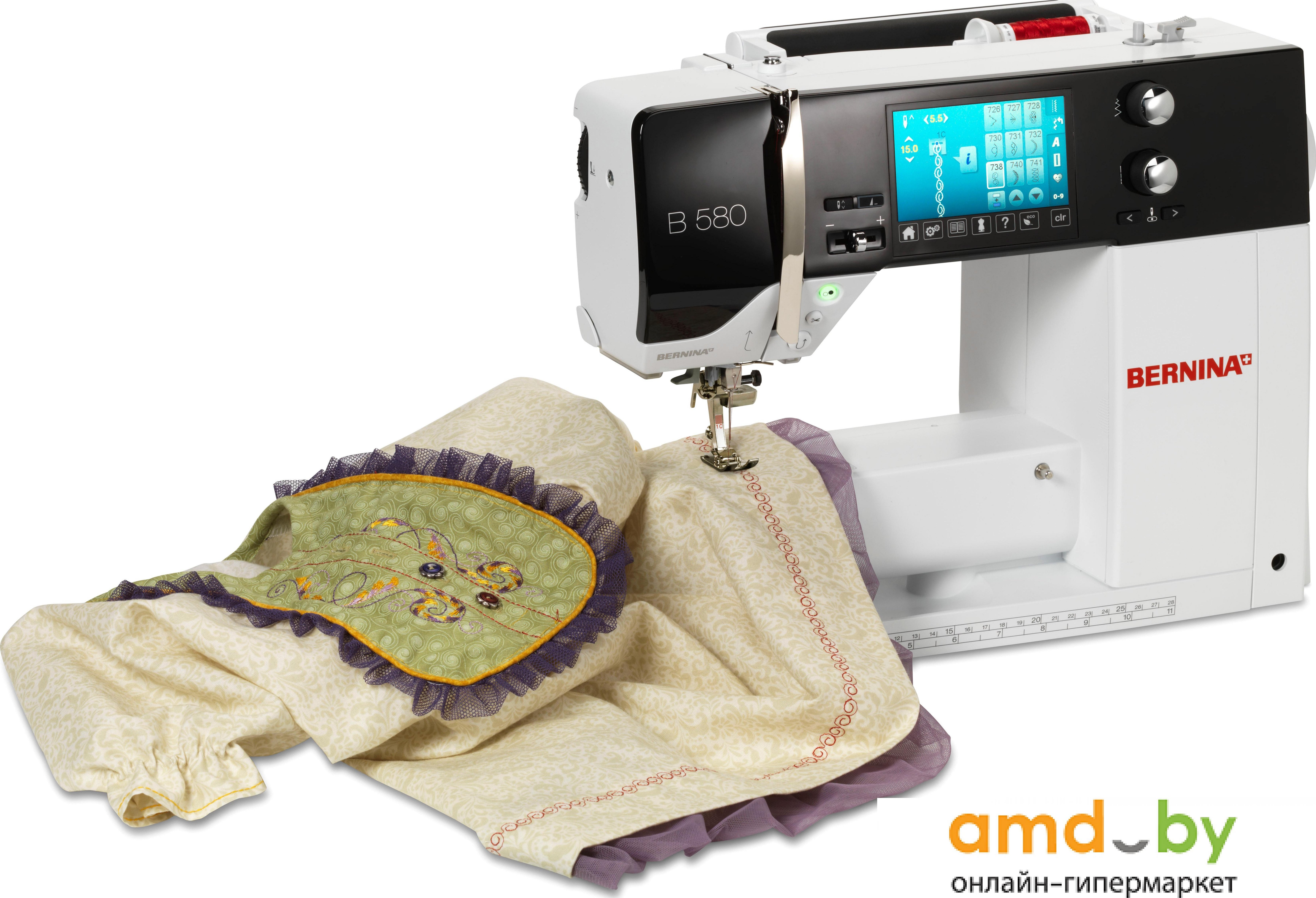
Main types of machines for production
According to their purpose, they are divided into two large groups - universal and specialized. Universal ones cope with a large number of sewing operations: they process the edges of the product, sew on buttons, make loops, various stitches, decorate the product with appliqués. Specialized models can perform only a few simple sewing operations.
Industrial sewing machines are also divided into chain and shuttle stitch machines. Chain machines include:
- straight-line;
- flat-seam;
- hemmed.
Lockstitch devices include sleeve and columnar. Straight stitch devices are divided into single-needle (for example, the Durkopp model), two-needle and multi-needle.
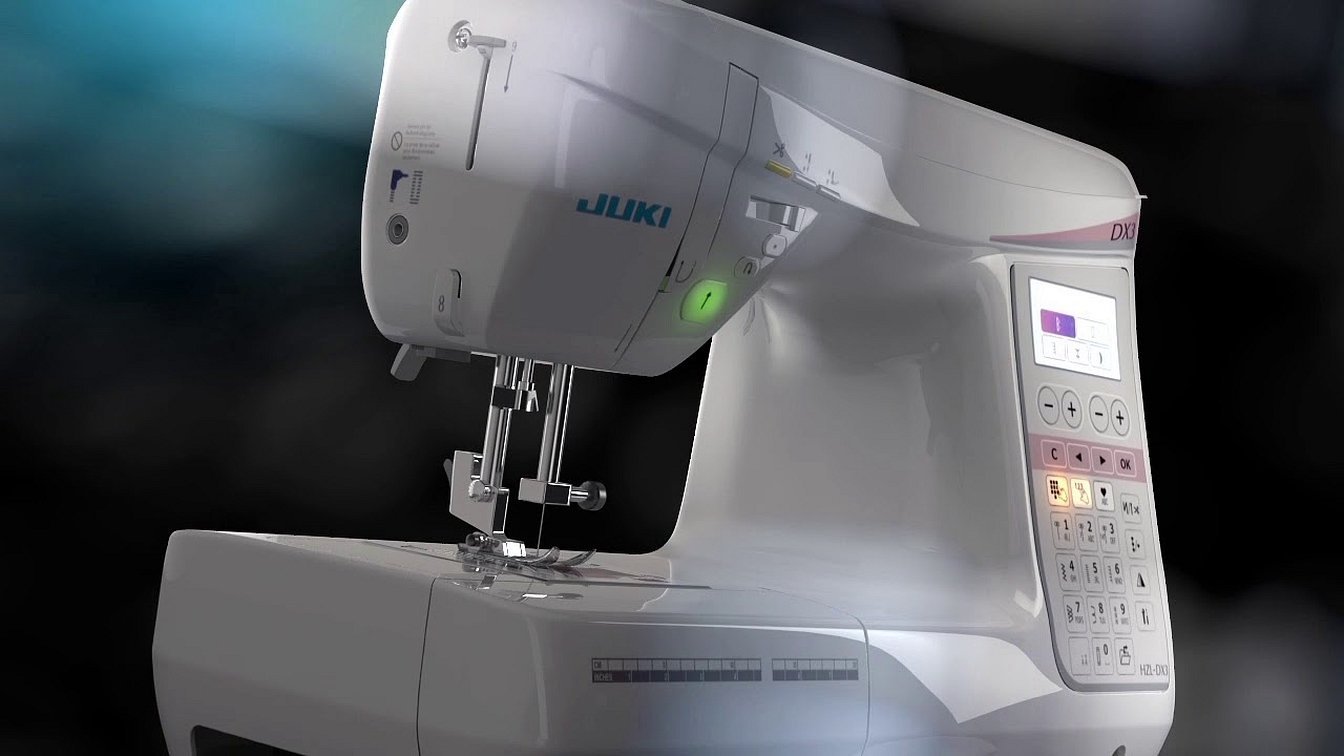
Industrial sewing machines are also divided by purpose (because there are not only multifunctional models, but also highly specialized ones):
- Sewing machines are the most popular machines, which are actively used both in large-scale production and in small studios. Its main purpose is sewing with a straight line, which is the basis of most operations. Then, in addition to it, other sewing equipment is purchased.
- An overlock is used for overcasting products. It can be either single- or double-needle. Most models use 3- and 4-thread overcasting. Many seamstresses consider it unnecessary to buy an overlock separately, because some machines can perform these operations. However, they are inferior in quality to an overlock. Therefore, it is a must in a studio and in production. Beginner seamstresses should take a closer look at a 3-thread overlock, because it is easier to work with.
- Knitting - this type of equipment is also used in large-scale sewing production. Its main purpose is to produce high-quality knitted products. They have built-in settings for choosing a pattern and technique. Such machines significantly reduce the time spent on knitting.
- Embroidery machines are considered to be one of the most complex models of sewing equipment. They already have built-in various embroidery and applique techniques, even such complex ones as quilling and patchwork. And some modern models even allow you to transfer a photo or picture onto the fabric, thanks to which you can create unique products.
- In addition, sewing machines also have a class division. Each of the classes is designated by a specific number. This classification is universal, and it is used by manufacturers in all countries. It is needed so that the buyer can determine the features of the sewing mechanism.
For your information! To decipher symbols, special tables are used.
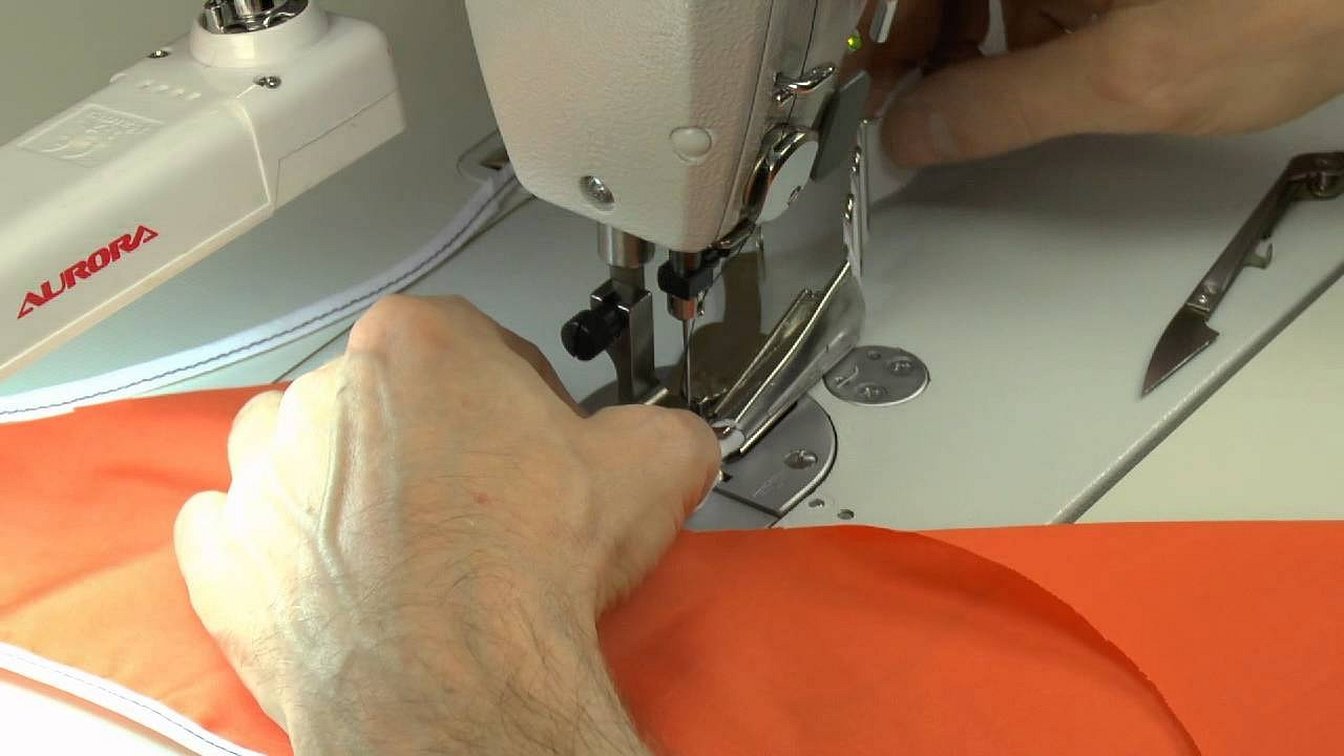
Industrial Sewing Machine Manufacturers: Model Review
Japanese manufacturers are considered the market leaders, offering a large number of models that are distinguished by functionality, reliability and low cost. The most popular Japanese sewing machines are JUKI.
Chinese manufacturers are not lagging behind their competitors. They also offer various models of multifunctional sewing machines. Their main advantage is low cost. The most popular Chinese brands are SHUNFA, JACK and TYPICAL.

Professionals prefer to sew sports, work, protective clothing and underwear on equipment from the German manufacturer Pfaff. They are distinguished by high quality and sewing speed.
The American manufacturer Zinger has not given up its leading position for a long time.
For your information! There are many positive reviews about their equipment, and the quality of their products has stood the test of time.
Brief overview of models
Most seamstresses prefer to work on universal machines, due to the ability to create different types of stitches on different types of fabric. When buying equipment, you need to pay attention to all its components in order to choose the right option.
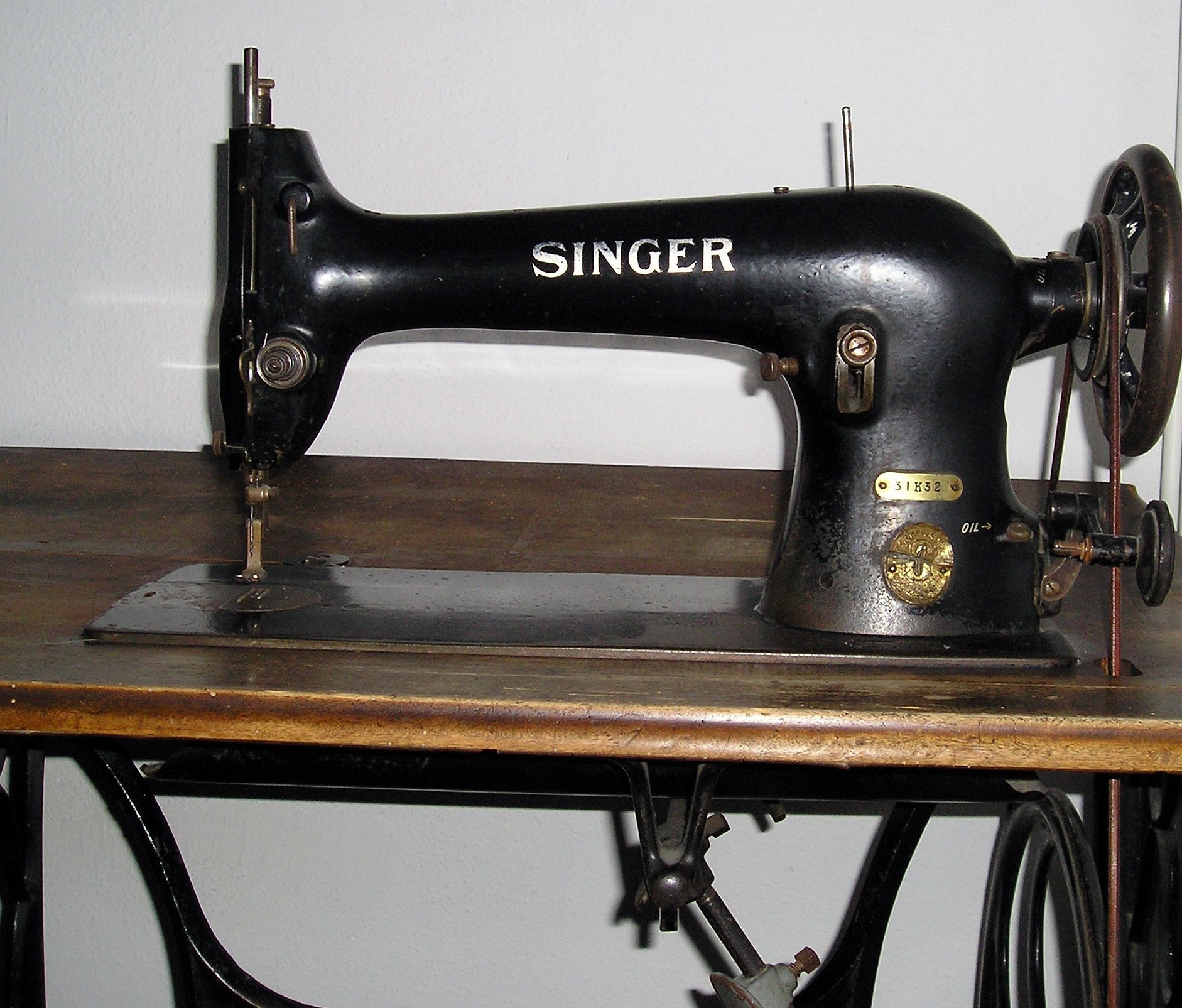
Industrial sewing machine class 22
This model is no longer produced, but it can still be seen in small sewing factories and home craftswomen. Professionals believe that in some of its parameters it is not inferior even to modern models. Its main advantage is reliability and versatility.
Important! On an industrial machine of class 22, you can sew products from any fabric.
Sewing machine class 1022
It is also called a modern interpretation of the 22nd class model. The main difference is its modern appearance. However, despite all the innovations, its predecessor is considered a more successful option.
For your information! One of the main disadvantages of the 1022-class sewing machine is the presence of characteristic noise.
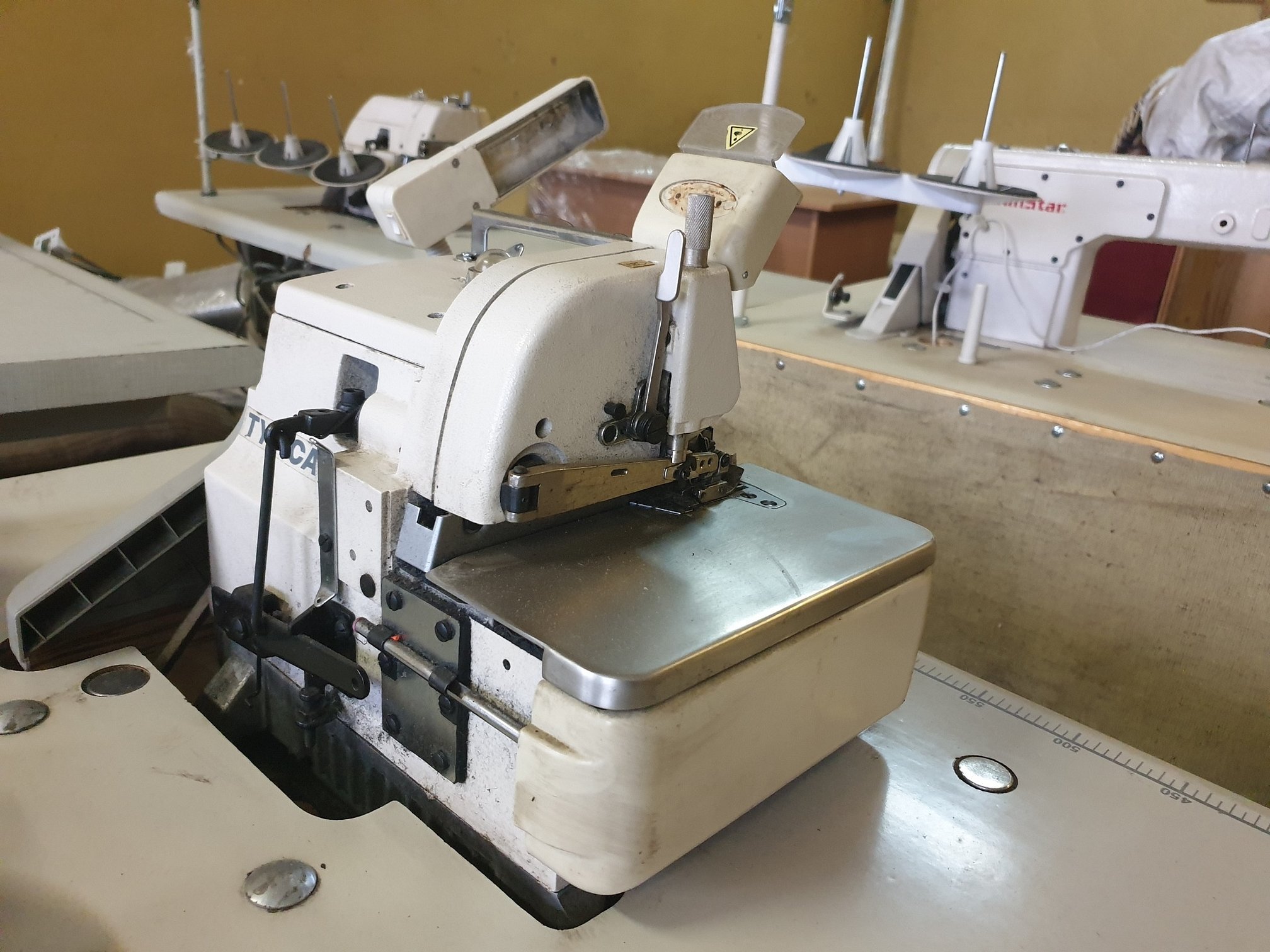
Sewing machine class 97
Manufacturers made it silent and provided it with forced continuous lubrication. It also features high operating speed and stitch quality. But it will only work with thick fabric items, and its settings are more complex compared to other models.
Brother B845 Model Review
Brother B845 is one of the most popular models. It has two threaders, the ability to independently adjust the stitch length and a horizontal shuttle. Among the advantages, it is worth highlighting the device for creating a blind stitch. Its main disadvantage is the low engine power.
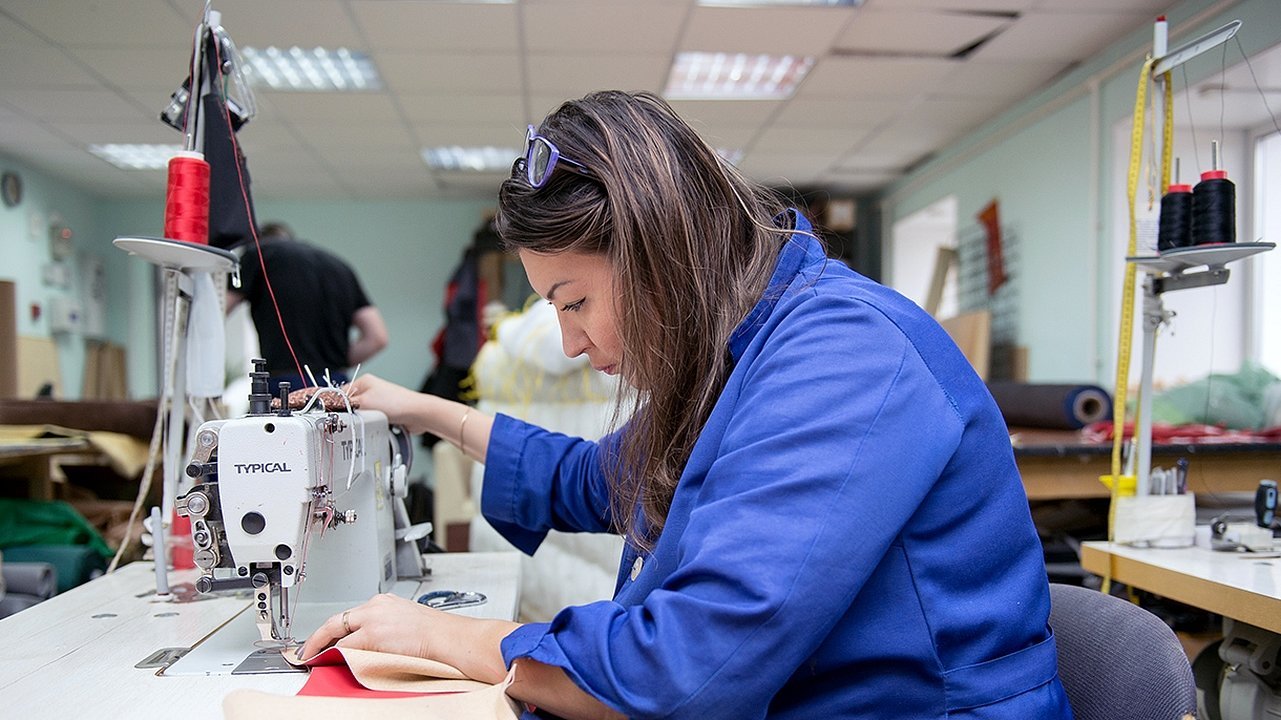
Brother B780 Model Review
Brother B780 is also a popular model with a high-quality threader with support. During operation, 2 spools are used at once, and changing spools is easy. Another advantage is the ability to create decorative stitches, zigzag. But its main disadvantage is the small stitch length.
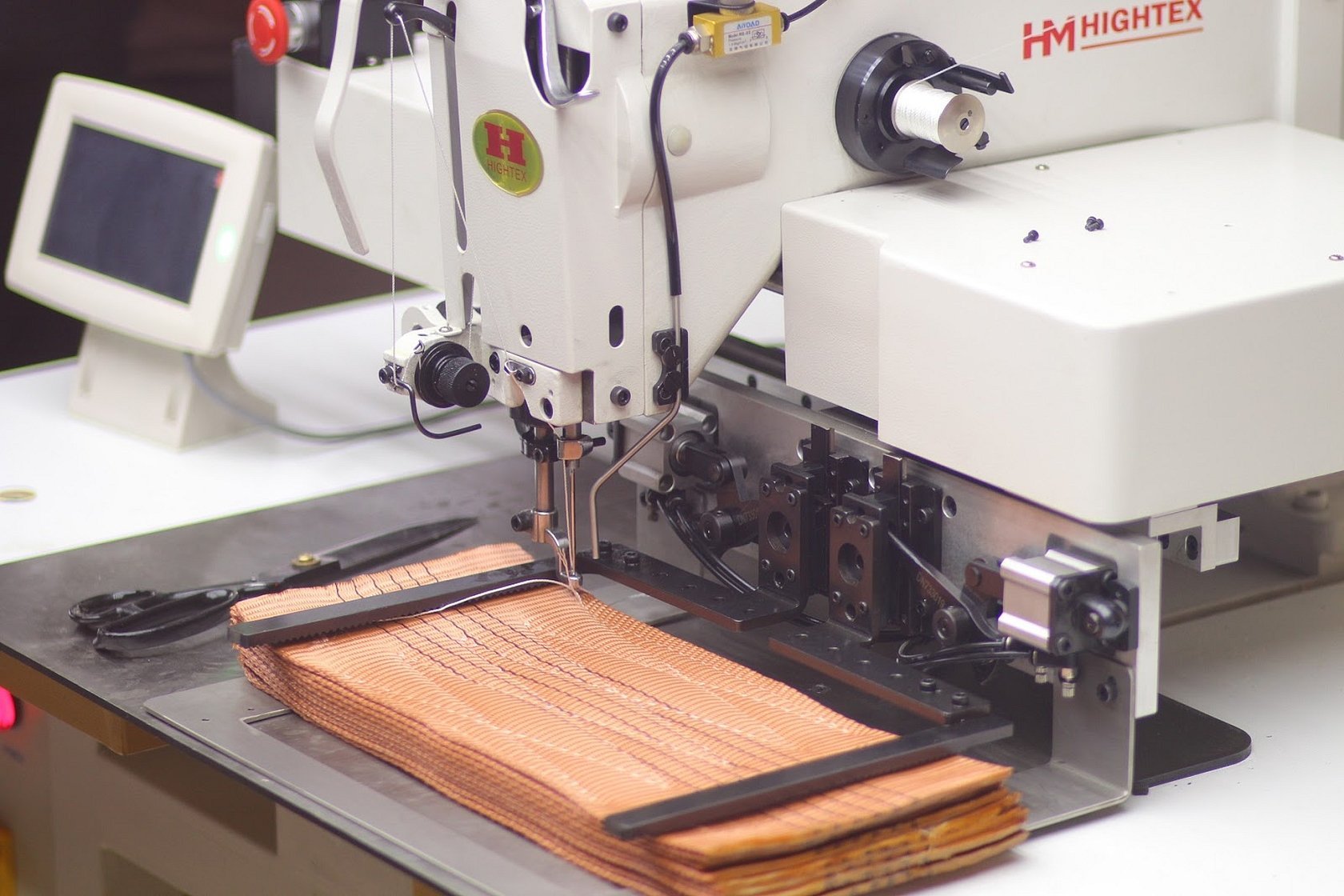
Machines from the Juki company
JUKI LBH-780 U – has a combined type shuttle and automatic thread tension regulation. This sewing machine copes well with creating overlock stitches and overcasting the edge of the product. But sometimes there may be difficulties when creating loops.
JUKI CP-180D has a sewing speed control function, and the thread tension regulator has a roller mechanism. This sewing machine is comfortable to work with due to its large working area and durable feet. But there may be difficulties with quilting due to the uncomfortable stand, and the overlock foot is not very long.
JACK JK-210D
JACK JK-210D is convenient because it comes with a set of bobbins, replacement needles and feet. It is possible to adjust the thread tension, and the thread winding occurs automatically. Among the disadvantages, it is worth highlighting that it is heavy and has a low engine power.

Features of the JACK JK-781D model
JACK JK-781D has a vertical shuttle, there is a function for changing the length of the loop. Changing the pressure on the bobbin is carried out due to mechanical regulation. Also on this sewing machine you can perform various types of stitches and embroidery. JACK JK-781D is compact and has good stability. Among the disadvantages, we can highlight the impossibility of straight sewing and a small set of paws.
Jack JK-D900 Review
These industrial sewing machines belong to the budget class. But, despite the not too high price, they have good quality parts. The device is suitable for both straight and overlock stitching. Among the disadvantages, it is worth highlighting the frequent breakdowns of the threader and inconvenient adjustment of the foot, as well as their extremely poor assortment in the kit.
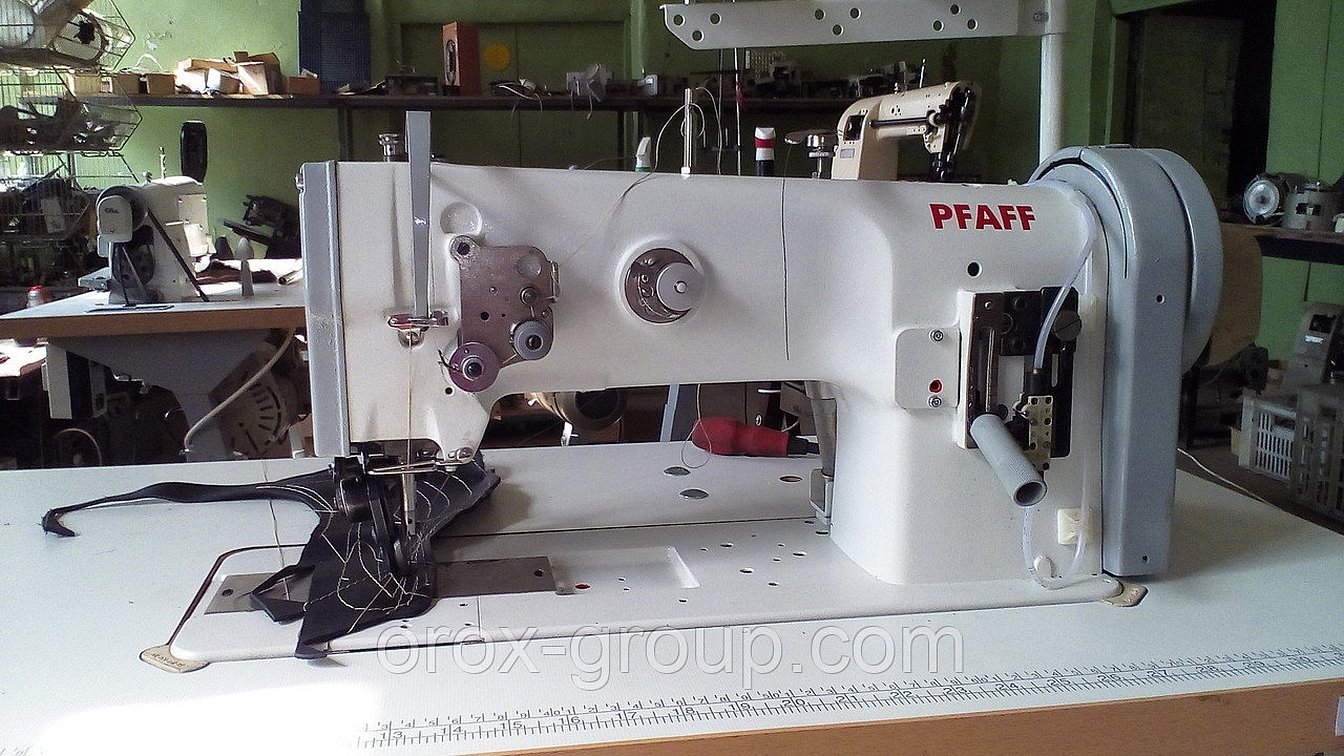
TYPICAL GC6150-H
TYPICAL GC6150-H differs from others by having a wide pad on the working area. This device can overcast edges, make straight and overlock stitches, and its shuttle is horizontal. But on this model it will not be possible to make a reinforced stitch, and the threader can scroll.
The choice of industrial sewing machine models is extremely large. When buying, you need to pay attention to the characteristics of the equipment and its functionality. The price will depend on what type of machine is required.

All the above-mentioned sewing machine models are widely used in the light industry. They allow you to produce a large number of high-quality products for sale, saving time. There are options at a low cost, so some craftswomen buy them for home use.




